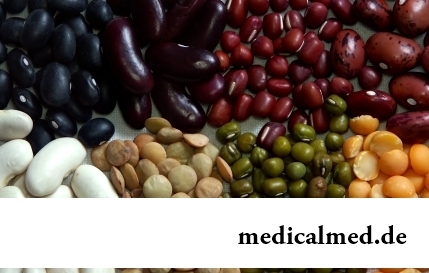





Propylene glycol
Propylene glycol – colourless organic compound, almost inodorous, transparent, viscous with poorly expressed sweet taste, 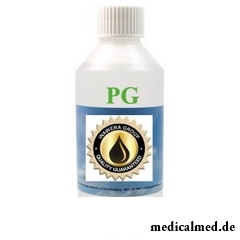 also called 1,2 pro-pan-diol, propane - 1,2 diol or α-propylene glycol, to distinguish it from isomer of a propane-1,3-diol (β-propylene glycol)))))))))).
also called 1,2 pro-pan-diol, propane - 1,2 diol or α-propylene glycol, to distinguish it from isomer of a propane-1,3-diol (β-propylene glycol)))))))))).
The industrial way of receiving propylene glycol occurs by a propylene oxide. Various producers use or not catalytic high-temperature process from 200 °C (392 °F) to 220 °C (428 °F) or a catalytic method which proceeds at a temperature from 150 °C (302 °F) to 180 °C (356 °F) at presence of either ion-exchange resin, or a small amount of sulphuric acid, or alkali.
Propylene glycol can be also received by processing of glycerin and the biodiesel.
Important! Buy propylene glycol only from official distributors in order to avoid a fake!
Properties of propylene glycol
Propylene glycol – the hydroscopic colourless liquid containing asymmetric carbon atom soluble in water, ethanol, diethyl alcohol, acetone and chloroform. It does not cause corrosion, possesses very low volatility and very much a hypotoxicity.
Molecular formula of propylene glycol – C3H8O2, molar weight – 76.09 grams/mol, density – 1,036 g/cm ³, melting temperature – -59 °C, 214K, -74 °F, boiling temperature – 188,2 °C, 461K, 371 °F, heat conductivity – 0,34.
Propylene glycol use
45% of the propylene glycol produced in the world are used as chemical raw materials for production of unsaturated polyester pitches. Propylene glycol, reacting with mix of unsaturated maleic anhydrides and isophthalic acid, forms copolymer. This partially unsaturated polymer is exposed to further sewing together for receiving thermoreactive plastic. Also propylene glycol reacts with propylene oxide, forming oligomers and polymers which are used for receiving polyurethane.
Use of propylene glycol is considered safe for production of food products and medicines. Food propylene glycol is used as E1520 additive which is solvent and preservative of foodstuff, and also used for tobacco products and in sterns for animals, is the main ingredient in the liquids used in electronic cigarettes. Use of propylene glycol is also possible in production of personal hygiene means and cosmetics, such as elixirs and body lotions, shampoos, emulsions, pastes, cream and lipstick.
Properties of propylene glycol to raise and lower temperature of liquids allow to use it in compositions of anti-freezing liquids for airplanes and antifreezes for cars, in air conditioning systems, ventilation and heating of premises, in cooling systems of foodstuff and other heat-exchanging equipment.
Use of propylene glycol as solvent in traditional medicine is broad. On the basis of propylene glycol peroral and injection medicines, such as Diazepam and Lorazepam are created.
Harm of propylene glycol
Food propylene glycol is recognized non-toxic and safe for use, and also the substance which is not causing serious side effects. However propylene glycol does serious harm to an organism in plasma concentration over 1 gram/litre that demands extremely high consumption of drugs on the basis of propylene glycol during rather short span. Cases of poisoning with propylene glycol are, as a rule, connected or with inappropriate intravenous administration or an accidental proglatyvaniye of a large amount of propylene glycol.
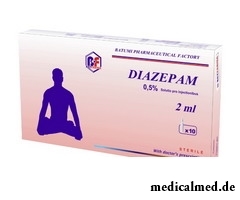 The long contact of propylene glycol with skin in essence does not cause strong irritations. Not divorced propylene glycol in water renders the minimum irritant action on eyes and sometimes leads to small transitional conjunctivitis. Steam of propylene glycol can cause irritations of eyes and upper respiratory tracts. Steam inhalation of propylene glycol does not constitute considerable danger to the person, however long inhalation of fog of propylene glycol for theatrical performances can cause irritation of respiratory tracts.
The long contact of propylene glycol with skin in essence does not cause strong irritations. Not divorced propylene glycol in water renders the minimum irritant action on eyes and sometimes leads to small transitional conjunctivitis. Steam of propylene glycol can cause irritations of eyes and upper respiratory tracts. Steam inhalation of propylene glycol does not constitute considerable danger to the person, however long inhalation of fog of propylene glycol for theatrical performances can cause irritation of respiratory tracts.
Intravenous administration in high doses of drugs which part propylene glycol is can lead to hypotension, bradycardia, anomalies of a tooth of T and the QRS complex on an ECG, arrhythmia, a cardiac standstill, to a hyper osmolarity syndrome, milk acidosis and hemolysis.
According to a research of the Swiss university concentration of platinoids, propylene glycol and ethers of glycols in air of rooms results Karlstad of 2010 in the increased risk of development of respiratory and immune disturbances. It was proved that frequent inhalation of ethers of propylene glycol is led to development of asthma, hay fever, eczema and allergy with the increased risk in the range from 50% to 180%. This concentration is connected with use of paints on a water basis and detergents which part these components are.
Antidepressant Klomipramin causes an orgasm in 5% of patients.

You are office worker, the driver, the fan of winter sports or do not think of life without bicycle? You conduct a slow-moving image жизн...
Section: Articles about health
From sexual contacts each person can test insufficiently strongly expressed sexual desire or lack of satisfaction from time to time. However when it happens regularly, it is an occasion to think about health. Most of people does not hurry an obrashcha...
Section: Articles about health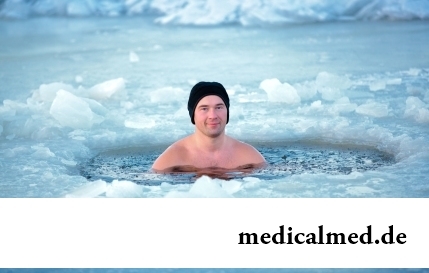
The winter swimming in open reservoirs called in our country by "winter swimming" – officially recognized sport and one of the most extreme ways of a hardening of an organism. This occupation has an old story and adherents in many countries. The international competitions in winter heats on open water, and every two years – the World Cup are annually held. Despite huge popularity and the proved advantage for health, winter swimming is still surrounded with hardy delusions. Ра...
Section: Articles about health
One of the useful properties presented to the person by the nature is ability to feel fear. This ability is called a signal...
Section: Articles about health
Diapers for adults – individual one-time means of hygiene which in some situations is irreplaceable and from such situations any person is not insured. Though nobody perceives need of their use with enthusiasm, however without it to a sra...
Section: Articles about health
Today about 30 diseases, sexually transmitted are known. Wide circulation of these illnesses is extremely promoted by the dual attitude towards them: on the one hand, most of people know about "shameful" diseases very little and do not aim at receiving detailed and reliable information, considering that such problems personally will never concern them. With another – there are delusions about STD which instill unreasonable confidence that troubles such...
Section: Articles about health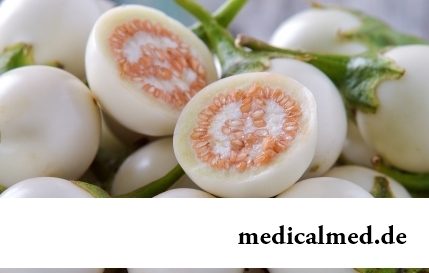
It is possible to find the extensive range of fruit and vegetables in modern shops. Russians already got used that on counters in any...
Section: Articles about health
Cold is such painful that each sigh becomes a victory, heat "knocks" down, and the ache in joints forces to think only of pain. Some people with approach of the first symptoms of cold make the self-sacrificing decision to have a disease standing, and to a beam...
Section: Articles about health
The person, as well as all other beings living on our planet feels weather changing. It is the normal meteosensitivity which is not causing to healthy people of special troubles. Meteodependence, on the contrary, is the morbid condition which is characterized by an exacerbation of chronic illnesses at change of air temperature, differences of atmospheric pressure, wind strengthening, magnetic storms and other "surprises" on which the nature is so generous. The people suffering from meteodependence have to з...
Section: Articles about health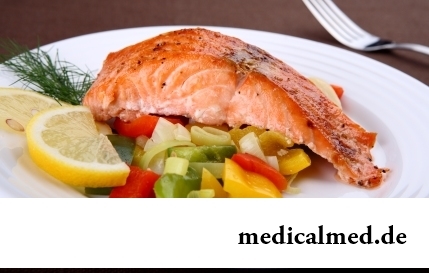
Diseases of joints often begin imperceptibly for the person. The first stages of destruction of the cartilaginous tissue providing soft and свободн...
Section: Articles about health
The summer of this year in Russia was very ambiguous. Regions suffered from a merciless heat, from pouring rains, the hail from time to time dropped out, then there was again a heat which alternated with rainfall again. Many people suffer from such sharp changes of weather...
Section: Articles about health
From the failure of work of immune system which is shown in the form of an allergy, statistically, more than 40% of the population of the globe suffer. In most cases pathological reactions cause the substances which are contained in food stuffs, hair of animals, medicines, goods of household chemicals, cosmetics, pollen of plants, etc. On the one hand, the disease such is capable to spoil quite thoroughly to the person life....
Section: Articles about health
Visit of doctors – business not the most pleasant, and many people do not hurry to undergo necessary planned inspections. Such behavior...
Section: Articles about health
A little more than a century ago goat milk was a traditional food stuff of most of Russians. Unfortunately, today on tables of our compatriots it appears extremely seldom. The reason that the use of so useful product practically descended on...
Section: Articles about health
Phobia – the persuasive fear of a certain contents shown in a specific situation against the will of the person. Concepts of a phobia and fear are similar, however if the fear is natural protective function of mentality, then the phobia is its deviation. So the person can feel the unaccountable, baseless fear accompanied with neurotic symptoms (perspiration, a shiver, a fever) before any ordinary phenomenon – for example, a trip by the subway or a simple dog....
Section: Articles about health
We live during an advertizing era. Daily each person receives a solid portion of persuasive councils about what to eat to be здо...
Section: Articles about health
Within several decades of our compatriots convinced that the use of butter nasty affects a condition of coronary vessels. As a result the reputation of a product was impaired thoroughly a little, and many almost ceased to include...
Section: Articles about health
Not everyone can brag of the shining Hollywood smile. Even the person who is regularly visiting the stomatologist and watching of oral cavities over health periodically has problems: enamel of teeth darkens under the influence of some products, on it the deposits giving to teeth a grayish or yellowish shade collect....
Section: Articles about health
Bathing in broths of medical flowers and plants (phytobathtub) was eurysynusic since Cleopatra who is a good judge of everything...
Section: Articles about health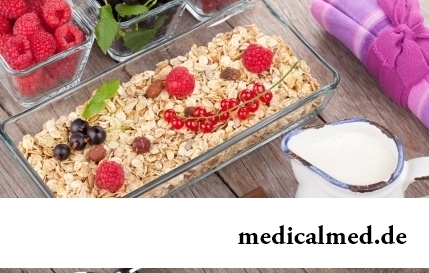
The healthy nutrition is the invariable principle of health and good health for long years of the woman. Nevertheless, in a diet at each stage of life there are the features allowing to support an organism by those substances which are most necessary...
Section: Articles about health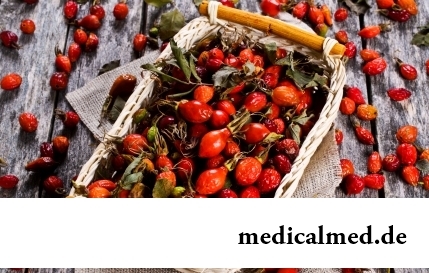
Dogrose – one of the most widespread adornment and medicinal plants growing practically in all territory of our country. To most of Russians it is a beautiful bush it is known, first of all, as a source of fruits, extremely vitamin-rich. However curative properties of a dogrose are not limited to it at all. About how still it is possible to use a plant in the medical purposes, we will tell today....
Section: Articles about health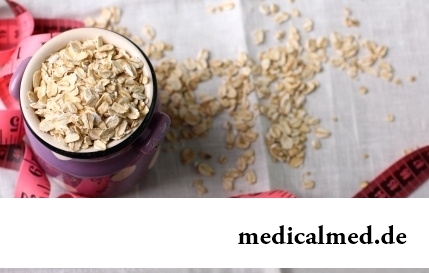
The list of stereotypes of which, apparently, all know strongly includes following: British surely eat for breakfast овсянк...
Section: Articles about health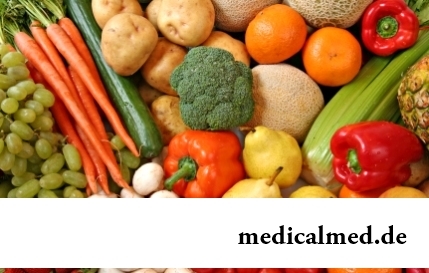
Color of plants is caused by presence at them of certain chemical compounds. Let's talk about what is meant by various colors of vegetables and fruit and what properties they give them....
Section: Articles about health
New year, wedding, birthday, office party – an occasion to drink at the Russian person will always be. How to reduce a negative impact of alcohol by an organism and to avoid a condition of strong intoxication? The most correct council – to refuse the use of alcoholic drinks. Council is true, but not always feasible. We offer several advice which will help you in cases when it is impossible to avoid alcohol intake....
Section: Articles about health
It would seem, about it there can be no disagreements: water is necessary for a human body for normal zhiznedeyatet...
Section: Articles about health
The number of long-livers is very small. One person from 5 thousand lives up to age of 90 years, and the centenary boundary steps over only one of 20 thousand. However, doctors claim that each of us is quite able to affect own destiny. At the same time speech to Ida...
Section: Articles about health
Memory is an ability of the central nervous system to fix, keep and as necessary to reproduce information on knowledge or skills received by the person or an animal during life. The mechanism of this process is up to the end not studied....
Section: Articles about health
